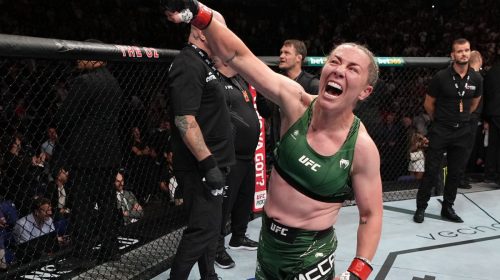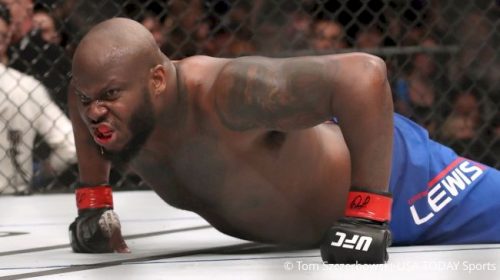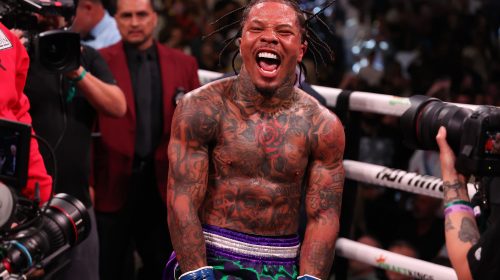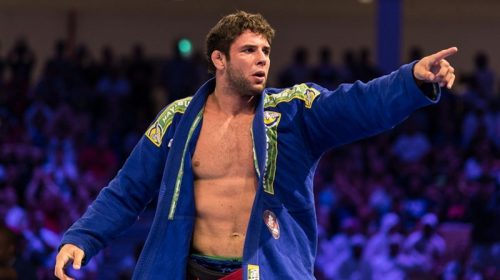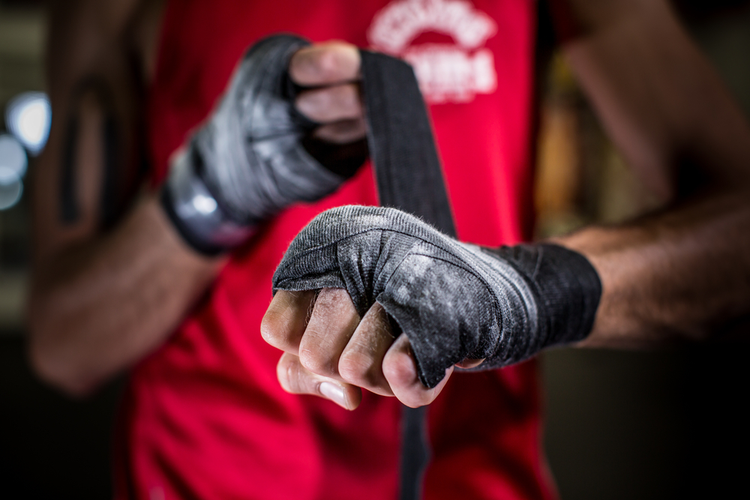
Examining Trends in MMA Over the Years
Mixed Martial Arts (MMA) has emerged from its underground roots to become one of the world’s most popular and rapidly evolving combat sports. The transition from no-holds-barred contests to a more refined, professional sport has seen various trends that have influenced fighters, fans, and the industry as a whole.
Societal trends have even influenced the emergent sport. Dietary revolutions such as plant-based meat alternatives have changed the way fighters train. MMA professionals who use tobacco have altered their habits, such as MMA legend Cowboy Cerrone, who is a prominent user of Black Buffalo’s nicotine pouches.
From technological advancements to new training techniques, here are some notable trends that have shaped the MMA landscape over the years.
Evolution of Training and Cross-Disciplinary Approaches
In its initial stages, MMA was often a contest between specialists of different martial arts disciplines. It wasn’t uncommon to see a boxer against a wrestler or a karate practitioner against a Brazilian jiu-jitsu expert. The idea was to determine which martial art was superior.
Today, it’s almost unheard of for a fighter to rely on a single discipline. The rise of cross-training ensures that fighters are well-rounded. They can strike, grapple, and defend against various techniques. Leading MMA gyms now offer training in multiple disciplines, ensuring fighters are prepared for any scenario inside the cage.
Enhanced Athleticism and Physical Preparation
Over the years, there’s been a notable increase in the athleticism and physical conditioning of MMA fighters. Previously, fighters might compete multiple times in one night and often didn’t engage in the rigorous strength and conditioning programs seen today.
As the sport has grown, so has the understanding of the importance of peak physical conditioning. Today, fighters work with nutritionists, physiotherapists, and strength and conditioning coaches to ensure they’re in the best shape possible.
Shifts in Popular Techniques and Strategies
MMA is a sport of evolution. As fighters and coaches see success with certain techniques, they quickly become popular until counter-strategies are developed. For instance, the sprawl-and-brawl tactic, which involves defending takedowns and focusing on stand-up fighting, became popular as a counter to dominant wrestlers.
Leg kicks and calf kicks, once underutilized, have also become crucial techniques in a fighter’s arsenal, as demonstrated by their frequent use in recent high-profile bouts.
Finally, submission techniques, such as the rear-naked choke or armbar, have evolved with fighters, now showcasing a broader array of submissions like heel hooks or flying triangles.
Technological Advancements in Training and Recovery
As with many other sports, technology has revolutionized training methods and recovery techniques in MMA. Wearable devices, for instance, help fighters and their coaches monitor heart rates, sleep patterns, and calorie burns to optimize performance and recovery.
Furthermore, virtual reality (VR) and augmented reality (AR) technologies are used to simulate fights, allowing fighters to study opponents and refine their strategies more efficiently.
The Rise of Women in MMA
Historically, MMA was dominated by male fighters. However, the past decade has witnessed a surge in female fighters’ popularity and skill level. Athletes like Ronda Rousey, Amanda Nunes, and Zhang Weili have showcased their prowess inside the cage and played pivotal roles in promoting the sport and securing major endorsements.
This growth in women’s MMA has given rise to more training opportunities, events, and recognition for female fighters, further legitimizing their place in the sport.
Global Expansion and Diverse Champions
While MMA has roots in the U.S., Brazil, and Japan, the sport has gained significant traction globally. Organizations like the UFC have hosted events in regions like Africa, the Middle East, and Asia.
This global outreach has resulted in champions hailing from diverse countries, highlighting MMA’s universal appeal and adaptability. Such global representation has diversified the fighting styles and enriched the cultural tapestry of the sport, making it more inclusive and appealing to a broader audience.
MMA’s Ever-Changing Arena
In the tumultuous dance of fists and feet, MMA constantly reinvents itself, adapting to new techniques, tools, and traditions. Whether it’s a training method or a tool like VR, each trend contributes a unique chapter to this ever-evolving narrative.
As spectators, we are privileged to witness this transformative journey, eagerly awaiting the next punch, the next trend, and the next moment that will define the sport’s legacy. MMA promises a future rich with excitement, surprises, and unparalleled athletic achievements.

